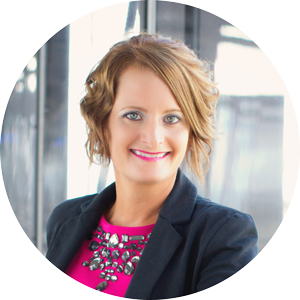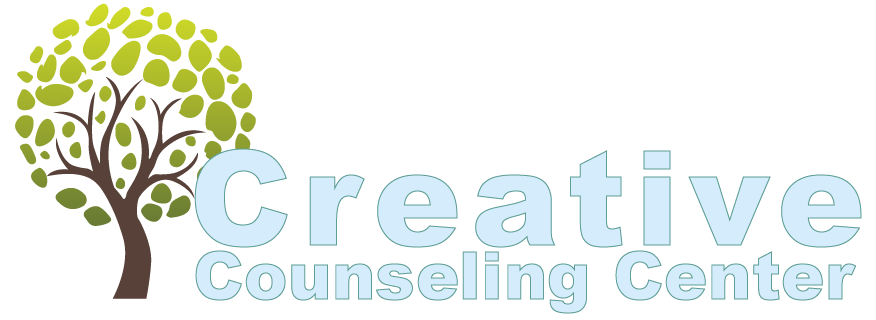Setting Healthy Emotional Boundaries
Boundaries define us. They define what is me and what is not me. A boundary shows me where I end and someone else begins, leading me to a sense of ownership. – Dr. Henry Cloud, author of Boundaries: When to Say Yes, How to Say No, to Take Control of Your Life
If you find yourself saying Yes when you mean No, taking other people’s problems home with you, or generally struggling to set clear emotional boundaries with others, you’re in the right place! In this article, we examine what emotional boundaries are, what makes them healthy or unhealthy, and how to establish healthy emotional boundaries with those around you.
Let’s dive in!
What Are Emotional Boundaries?
Emotional boundaries are internal barriers that allow us to separate our own thoughts, feelings, and emotions from others. These boundaries are important because without them, we tend to allow the “stuff” that other people may be dealing with to bleed over into our own lives.
For example, our fictitious friend Julie is a person with poor emotional boundaries and might allow the relationship struggles of a co-worker to completely invade her thoughts and keep her up at night with worry. Although the relationship problems are not her own, Julie is fixated and worried about her co-worker. She finds herself greatly impacted and has trouble separating her emotions from that of her co-worker’s.
A person with strong emotional boundaries might be confused by how affected Julie is. After all, Julie can be empathetic and compassionate toward her co-worker without taking on, and being completely leveled by, her co-worker’s troubles.
For people without established emotional boundaries, where their inner identity and emotion ends and the identities and emotions of others begin is a very blurred line.
What Causes Poor Emotional Boundaries?
Poor emotional boundaries often go back to childhood. If a person was raised in a household where their parents had a distorted sense of boundaries, they are likely to experience the same as adults.
Parents with poor emotional boundaries have difficulty differentiating their internal world from that of their child’s. They want the child to be a carbon copy of them with the same likes and dislikes, values, thoughts and feelings.
If a child in this situation thinks or behaves differently from how their parents believe they should, the chi9ld is likely to experience rejection from those they most crave approval.
Carrying this fear of rejection into adulthood is often what leads to poor emotional boundaries.
What Do Healthy Emotional Boundaries Look Like?
Boundary setting is crucial to having a healthy sense of self. People with unhealthy emotional boundaries often make decisions solely upon what is in the best interest of others. Those with healthy emotional boundaries, while exploring how their decision will impact others, they consider what’s in their own best interest and don’t fear rejection for their decision. Some view this as selfish. Experts in psychology view this as healthy.
Let’s return to the example of Julie with poor emotional boundaries worrying about her co-worker’s relationship problems. In this situation, Julie is allowing her co-worker’s struggles to “bleed into” her own internal mental and emotional space.
By setting a healthy emotional boundary, Julie can maintain her inner equilibrium without sacrificing her sense of compassion for her co-worker. Julie, with healthy emotional boundaries, can say to herself “I can empathize with my co-worker’s problems for a moment, and I’m here for her if she needs me, but he struggles are not my responsibility.”
How Can You Develop Healthy Emotional Boundaries?
The most important thing is to get in touch with your inner world…your inner thoughts and emotions. In order to set healthy boundaries, you first have to know who you are and what you value. An easy way to figure this out is to journal about your thoughts , feelings, and stance about important aspects of your life. Ask yourself questions like, “What are my top 10 values in life?” and “What are my genuine likes and dislikes when it comes to ________________?”
Alternatively, you might find it easier to meet with a trained counselor or therapist to discuss setting healthy emotional boundaries. Either way, the goal is to understand who you are as an individual, without being influenced too much by external forces.
Once you have a greater understanding of your own inner workings, you’ll be better able to identify when your own emotional boundaries are being crossed and take action to avert the intrusion.
CONTACT CREATIVE COUNSELING CENTER
If you think it might be helpful to have the support of a therapist, take advantage of our Free Phone Consultation to speak with a member of our team. We employ the best team of therapists in Denver. After a brief discussion by phone, we’ll help you determine whether our practice and which therapist would be equipped to support you. If our practice is not a match for you or your loved one, we are happy to provide referrals.
Contact Us
We will get back to you as soon as possible.
Please try again later.

ABOUT THE AUTHOR
Teri Karjala is a Licensed Professional Counselor & Marriage and Family Therapist. She is the founder and Executive Director of Creative Counseling Center, LLC. Working in the field since 1999, Teri and her team of therapists specializes in counseling for those who have experienced trauma. They work with children as young as age 2, as well as teens and adolescents, adults, seniors, families, and couples.
REQUEST A FREE CONSULTATION
If you have questions about counseling, would like to find out if counseling could help you or a loved one, or are interested in learning more about our services, just complete the brief form below to request a Free Phone Consultation. A member of our team will contact you shortly. After a brief conversation, we'll determine together whether our practice is right for you and which therapist may be best suited for your specific circumstance.
Finding the right therapist, one you click with, is less about the therapist's experience and qualifications and more about the therapist's personality. So let's talk. Let us match you with a therapist you have a high likelihood of clicking with.
Fields marked with an * are required.
Contact Us
We will get back to you as soon as possible.
Please try again later.
GET SOCIAL WITH US
CONNECT WITH US
PHONE
EMAIL US
ADDRESS
6021 South Syracuse Way, Suite #216
Greenwood Village, CO 80111
OFFICE HOURS
Monday-Thursday: 8:30am-8pm
Friday: 12pm-5pm
Saturday: 12pm-4pm



